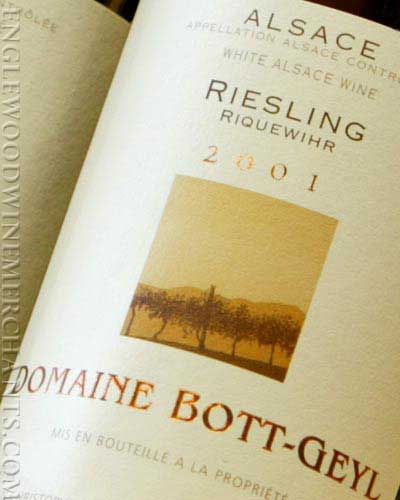It’s Tuesday, and I’m sitting in a cozy little coffee shop. I’ve just finished eating my breakfast special – egg, bacon and muenster on a jalapeño bagel, and now I’m sipping on my café au lait as I type this post.
I guess you could say today’s post is about living well, but then again, I kinda think all my posts (at least most) are about living well! It’s often ironic that I work in the wine world helping new wineries get started, and I seldom find the time to get out and taste wine. So, I’ve marked my calendar March 29 and 30th as wine tasting days. What better place then Los Olivos to taste.
We started at Buttonwood – small, charming, great inexpensive wines, and amazing grounds to relax and enjoy the beautiful day, peach trees with baby fruit, cherry trees with blossoms taking off – it was the BEST way to start our tasting journey!
What I find amazing is when you take the time to actually talk to the good people who work behind the wine counters, you discover so many enriching things, not just about wine, but about the people pouring the wine. For instance, the friendly elderly lady at Buttonwood, works just two days a week and her pay is wine – she’s collecting whites at the moment for her pending summer sipping. Then there was the totally eccentric lady at Rideux winery – she was wearing a wild psychedelic dress; an artist who pours wine, because we all know most artists starve for their passion. From there it was on to Beckman – one of the highly regarded winers in the area, nice, but a tad uppity when they heard I worked in the Temecula wine business – their Grenache was amazing, but we decided not to buy. Three wineries in three hours, time for food. If you’ve seen Sideways, you’ve seen the sidewalk cafe that served as our lunch spot – FUN!!!
Since we were in town, it was time to visit the Los Olivos tasting rooms in this order – Carina, Tensley, Longoria. Adjectives to describe were: Carina – enthusiastic, Tensley – bothered, Longoria – real deal.
Needless to say, we joined both of Longoria’s clubs, the basic and the exclusive that only basic members can join – expensive, but we only have to accept one club shipment and then we can cancel if we wish… try getting that deal from a Napa winery… HA! Our last winery of the day, Rusack, was probably my favorite, not because the wine was the best, we picked good wineries all day, but because it was out in the country, on a screaming twisty-windy road, and the tasting room pourer – Georgia, was wonderful.
She was funny, sarcastic, not afraid to tell us where to taste, and let us go out the back road since we got there 5 minutes before closing and the main gate was closed off while we were there. She saw us coming in, watched us pause at the gate due to the time, and yet come in anyway, originally she said she’d only pour us two tastes, but ended up giving us the royal treatment – even gave us her 50% discount on the two Pinot Noirs we purchased; moral of the story – flirt BIG time with sassy ladies presiding over the tasting room!
Time to go – gotta go pick-up wine client wine samples from Rideux, then it’s off to the trifecta of Foley, Foxen and Gainey – I’m sure I’ll have more insight on living well tomorrow – hope you take the time to live well today too!!!


















